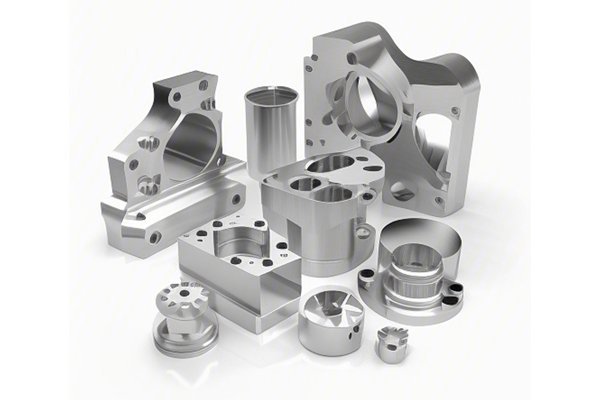*
Did you know that the hardness of a material can greatly affect its performance in various applications? Different industries, from aerospace to automotive, depend on the specific hardness of CNC machined parts to ensure the durability and reliability of their components. This brings us to a pressing question: How can manufacturers ensure that the hardness of CNC machined parts meets the precise conditions of use? In this blog, we will delve deep into the intricacies of this topic, discuss the challenges faced in maintaining hardness during machining, and explore effective strategies and technologies that can be employed to achieve the desired hardness levels.
Understanding Hardness in CNC Machining
Before tackling how to ensure that the hardness of CNC machined parts meets specific conditions, it’s crucial to understand what hardness is and why it matters.
Hardness refers to a material’s resistance to localized plastic deformation (e.g., scratching, indentations, or penetration). It is typically measured using various testing methods, such as Rockwell, Brinell, or Vickers hardness tests. The desired hardness level varies depending on the material and its intended application.
In CNC machining, the hardness of a component often dictates its performance, longevity, and ability to withstand extreme conditions. For instance, in the aerospace industry, parts must endure high stress and environmental challenges. Conversely, in the manufacturing of medical devices, biocompatibility and wear resistance are crucial. Therefore, ensuring the correct hardness before and during the CNC machining process is essential.
Assessing Hardness Requirements
The first step in ensuring the hardness of CNC machined parts meets specific use conditions is to clearly understand the application’s requirements. Considerations include:
Choosing the right material is crucial to achieving the desired hardness. Different materials possess different inherent hardness levels. For instance, high-carbon steel generally offers greater hardness compared to aluminum. Understanding the properties of various materials will allow manufacturers to make informed decisions, ensuring that the finished parts meet industry standards.
Strategies to Control Hardness in CNC Machined Parts
Having established the importance of hardness and the need for proper assessment, the next step involves implementing strategies to control hardness in the CNC machining process.
The machining process can significantly influence the resulting hardness of components. Adjusting parameters such as cutting speed, feed rate, and depth of cut can affect heat generation and properties of the material. Key factors to consider include:
Heat treatment processes can enhance the hardness of parts before or after machining. Common techniques include:

While some materials may be hardened sufficient for their applications, others might need surface hardening treatments. This involves applying a hard surface layer to enhance resistance to wear and tear, while the core remains tougher and less brittle. Some popular methods include:
Testing and Verification of Hardness
After implementing the appropriate strategies, it’s essential to verify the hardness of machined components:
Determine whether to incorporate in-process hardness testing methods to ensure that the hardness of the parts is maintained throughout the machining process. Tools like portable hardness testers can deliver real-time results, allowing operators to make adjustments on-the-fly.
Final hardness evaluations should be conducted post-production. Utilizing established testing methods (Rockwell, Vickers, Brinell), manufacturers can objectively assess whether the produced parts meet the desired hardness specifications. Documentation of hardness results provides traceability and a level of quality assurance.
Implementing Quality Management Systems
Integrating a solid quality management system (QMS) can streamline the process of ensuring CNC machined parts meet hardness specifications.
Defining clear protocols for quality checks throughout the machining cycle is essential. Regular audits, defined control points, and documentation processes can help achieve desired hardness levels consistently.
Ensuring that personnel are well-trained in understanding the factors affecting hardness and the maintenance of required hardness levels is pivotal. Training programs should incorporate aspects of material science, process control, and inspection.
Ensuring that the hardness of CNC machined parts meets specific use conditions is critical to the reliability and effectiveness of components across industries. By thoroughly understanding the application needs, selecting appropriate materials, controlling machining parameters, and applying heat treatment and surface hardening techniques, manufacturers can achieve the desired hardness levels.
Moreover, coupled with stringent testing and quality management systems, it becomes much more feasible to deliver high-quality, reliable CNC machined parts.
Ultimately, as industries increasingly push for high-performance, reliable components, manufacturers must remain vigilant in maintaining strict protocols for hardness control. The implications of failure can be costly, making it vital to focus on this crucial element of CNC machining.






